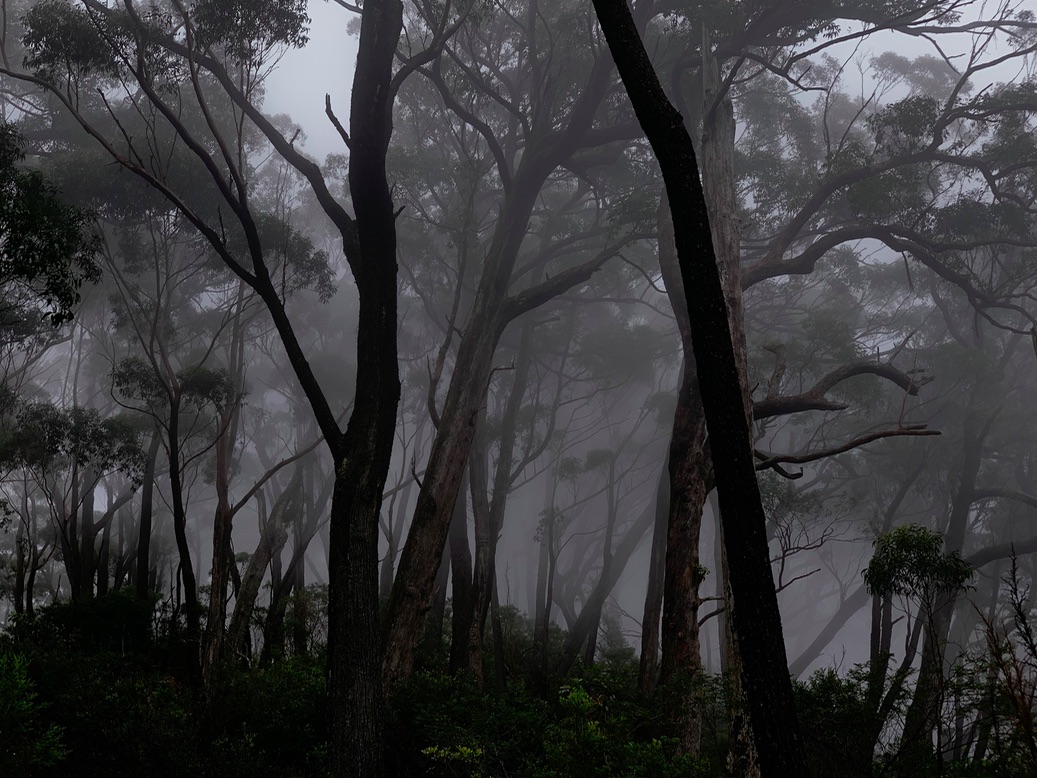This made me think. For any hike more than the after-lunch walk through the village fields and woods here, I take a small day pack with some essentials - shelter stuff, first aid, some munch food, water, steel cooking cup, esbit mini burner etc etc. Plus of course a good fixed blade. But what if you get separated from that pack or you were just 'out to get some air' in a place where you don't know all the trails and you got somewhat confused? It has happened to me once or twice, nothing serious but in hindsight, not smart.
It's in the 'out for a little walk, let's go and see what's behind the next bend' sort of situation that one can get in trouble. The worst I ever saw was half a lifetime ago in Sweden, when I did a through-hike in the highlands and had settled in a small shelter cabin at the end of my first day. A couple of tourists showed up, on sandals, no gear, no water, no map, nothing but a camera - about 10 kilometers from the nearest road. They had stopped their car for a break, spotted a reindeer and followed it to take some photos... hours later they stumbled upon the shelter cabin. I advised them to stay the night and offered to share some food and a brew from my overloaded pack, but they refused and turned around to hike back, once I had explained roughly the direction they would have to go. Refusing to spend the night in that cabin was really stupid as it was pretty late and they did not have a lot of time to get back before dark, even if they had had a map and could go fast. Which was clearly not the case.
I have recently assembled small kits that I keep in the sleeve pockets of my favorite smock-style jackets: emergency blanket, disposable poncho, some first-aid stuff, button compass, a BIC lighter, a few purification tablets, the whole in a couple of high-end 1-litre ziplock bags. Usually there will also be things in the regular pockets, like a neck tube/scarf, gloves and cap as needed depending on the season, spare reading glasses, cheap flashlight, something to write. Add my EDC things that I always have on my as soon as I have my pants on (folding knife, leatherman, keyring flashlight, whistle, lighter and some other small bits and pieces) and my phone - ruggedized model with very good GPS reception and offgrid topo maps - and I have at least some things to help me get out of trouble. What's lacking is a small steel container for boiling water and making a brew though - as that cup of tea/coffee/soup would make a world of difference. Indeed, survival is making a brew.









